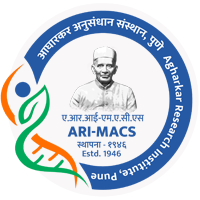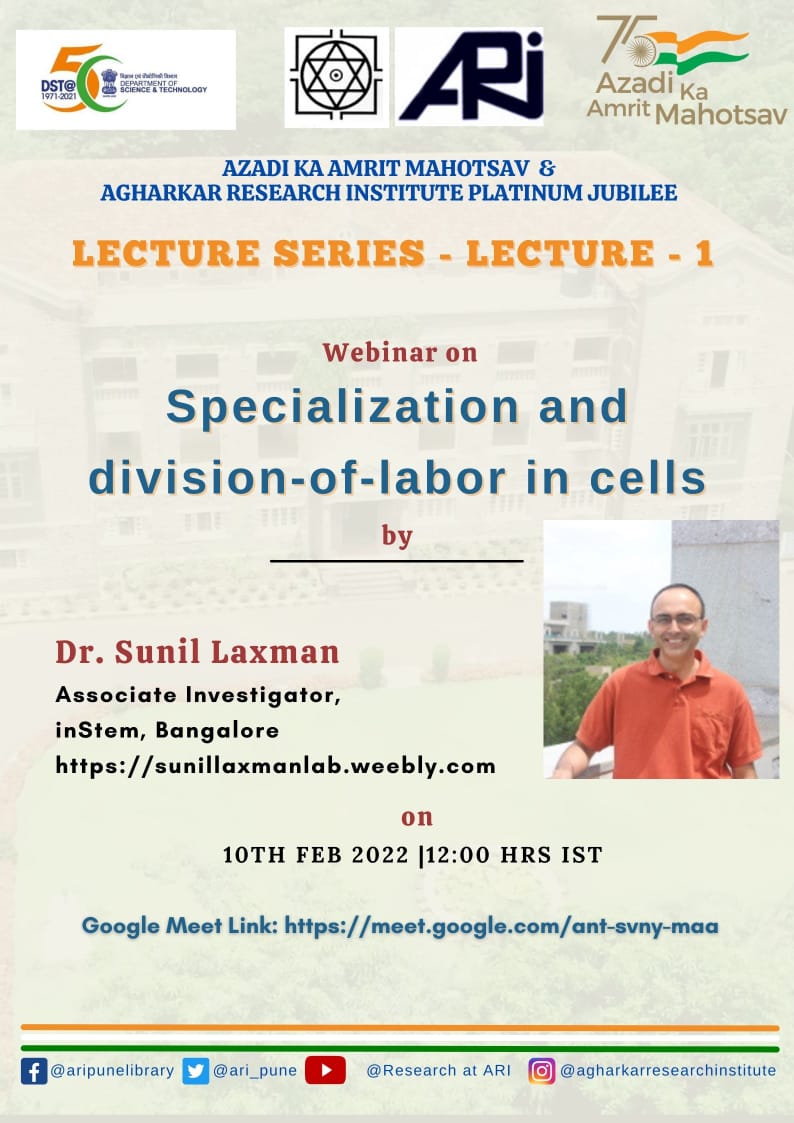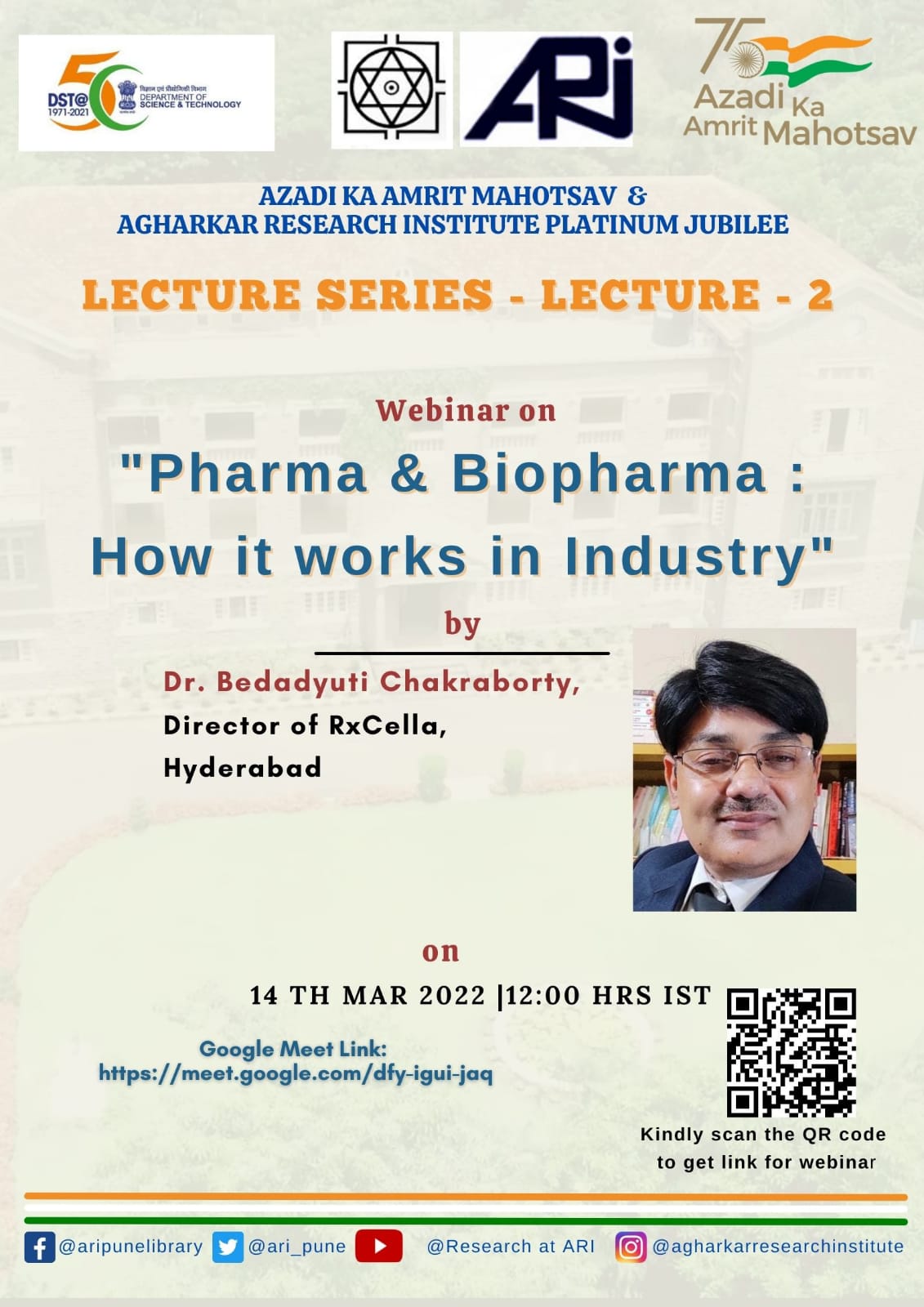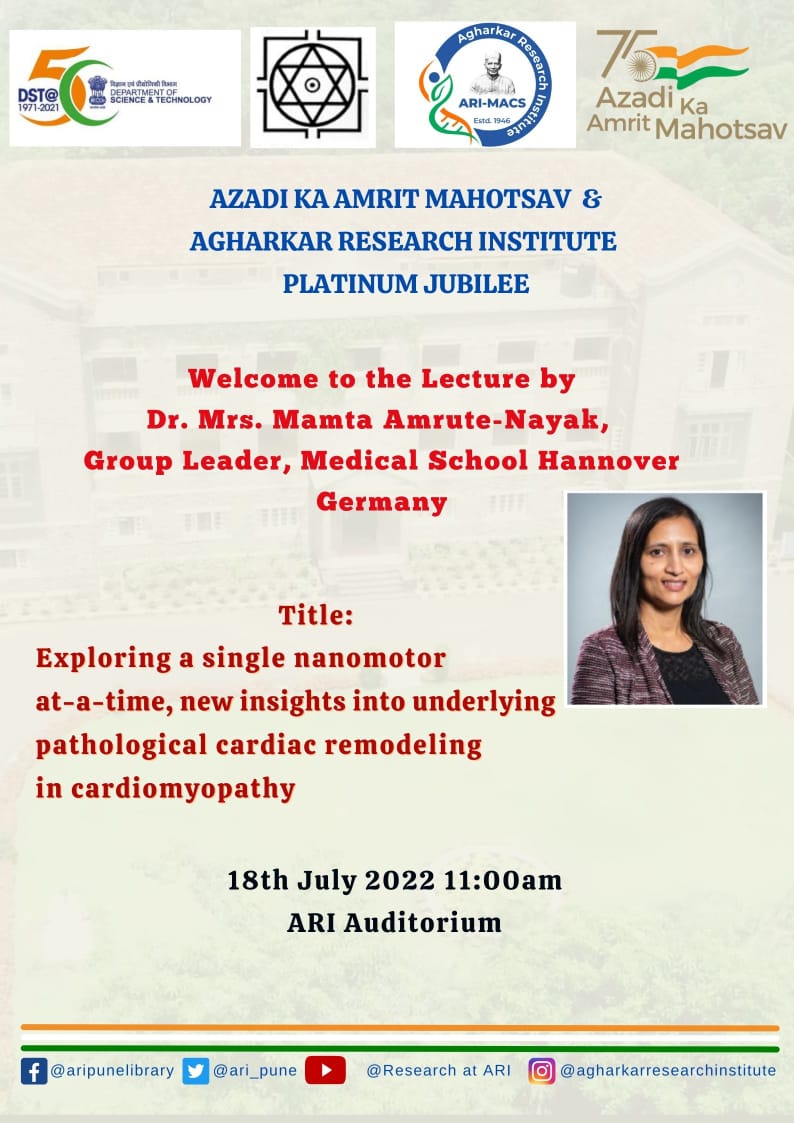
Google Scholar / Social Media
Name : Dr. Sumit Singh Dagar
Designation : Scientist – E
Brief Background :
DrSumit Singh Dagar is a microbiologist who completed his PhD in dairy microbiology in 2011 while working on “Conjugated Linoleic Acid (CLA) Producing Potential and Genetic Heterogeneity of Rumen Fungi” at ICAR-National Dairy Research Institute (NDRI), Karnal, India. During 2011-2012, he worked towards the development of strategies for enteric methane mitigation as a research associate in the dairy cattle nutrition division of ICAR-NDRI.
He is also a recipient of the prestigious ‘Stapledon Memorial Trust Fellowship’ in 2012, as a part of which he worked at the Institute of Biological, Environmental and Rural Sciences (IBERS), Aberystwyth University, UK. DrDagar joined Agharkar Research Institute as a scientist C in 2013 and was promoted to scientist D in 2019.
He is a recognized Ph.D guide in Microbiology, Biotechnology and Environmental Sciences subjects by Savitribai Phule Pune University, India. At present, he is a mentor to four PhD students and one SERBN-PDF. His research explores anaerobic microorganisms (bacteria, fungi, methanogens) for their application in lignocellulose degradation and biofuel production. Dr. Dagar has so far described ten novel genera of anaerobic fungi and authored more than 30 papers in journals of repute.
Contact Details :
+ 91-20-25325120
Fax : +91 20 25651542
- Ph.D. in Dairy Microbiology in 2011
Energy recovery from different organic wastes using microbiological means
Abundant energy is available in various wastes, especially lignocellulosic biomass and organic fraction of municipal solid wastes. Lignocellulosic biomass represents the polymeric forms of several fermentable sugars, mainly glucose and xylose. These trapped sugars, if hydrolyzed efficiently from cellulose and hemicellulose can directly be fermented to the biofuels like biohydrogen, bioethanol, biomethane, or biobutanol. However, lignin and silica (in rice straw) protect the cellulosic and hemicellulosic parts, making the lignocellulosic biomass recalcitrant to microbial attack, thereby limiting the efficient degradation. Access to the energy core of biomass can only be gained by removing both lignin and silica using physical, chemical, thermal, or biological pretreatment methods. Unfortunately, currently employed physicochemical pretreatments are either energy-intensive or environment unfriendly, while the biological pretreatments (primarily aerobic) are inefficient. The next step involves hydrolysis of cellulose to glucose, and hemicellulose to different sugars like xylose, mannose, and arabinose, which requires expensive commercial enzyme preparations.
Alternatively, biological processes of microbial origin can be used to tap these energy-rich resources. We are trying to develop processes that will employ diverse groups of specialized mesophilic and/ or thermophilic microbial cultures including but not limited to lignocellulolytic anaerobic fungi, lignocellulolytic/fermentative/acetogenic anaerobic bacteria and methanogenic archaea. The overall objective of our research is to develop industrially viable processes that can avoid high costs of the substrate(s), harsh pretreatment method(s), and expensive enzymatic saccharification by employing specialized microbial consortium individually and/ or in combination.
- Shetty D, Joshi A, Dagar SS, Kshirsagar P, Dhakephalkar PK (2020) Bioaugmentation of anaerobic fungus Orpinomycesjoyonii boosts sustainable biomethanation of rice straw without pretreatment. Biomass and Bioenergy 138: 105546.
- Hanafy RA, Lanjekar VB, Dhakephalkar PK, Callaghan TM, Dagar SS, Griffith GW, Elshahed MS, Youssef NH (2020) Seven new Neocallimastigomycota genera from wild, zoo-housed, and domesticated herbivores greatly expand the taxonomic diversity of the phylum. Mycologia 112: 1212–1239.
- Tapadia-Maheshwari S, Pore S, Engineer A, Shetty D, Dagar SS, Dhakephalkar PK (2019) Illustration of the microbial community selected by optimized process and nutritional parameters resulting in enhanced biomethanation of rice straw without thermo—chemical pretreatment. Bioresource Technology 289: 121639.
- Pore S, Engineer A, Dagar SS, Dhakephalkar PK (2019) Meta-omics based analyses of microbiome involved in biomethanation of rice straw in a thermophilic anaerobic bioreactor under optimized conditions. Bioresource Technology 279: 25-33
- Joshi A, Lanjekar VB, Dhakephalkar PK, Callaghan TM, Griffith GW, Dagar SS (2018) Liebetanzomycespolymorphus et sp. nov., a new anaerobic fungus (Neocallimastigomycota) isolated from the rumen of a goat. MycoKeys 40: 89–110
- Joshi A, Gowdaman V, Engineer A, Pore S, Hivarkar SS, Lanjekar VB, Dhakephalkar PK, Dagar SS (2018) Genomic analysis of Actinomyces strain CtC72, a novel fibrolytic anaerobic bacterium isolated from cattle rumen. Microbiology and Biotechnology Letters. 46 (1): 59-67
- Edwards JE, Forster RJ, Callaghan TM, Dollhofer V, Dagar SS, et al. (2017) PCR and omics-based techniques to study the diversity, ecology and biology of anaerobic fungi: insights, challenges and opportunities. Frontiers of Microbiology 8: 1657
- Gruninger RJ, Puniya AK, Callaghan TM, Edwards JE, Youssef N, Dagar SS et al. (2014) Anaerobic fungi (phylum Neocallimastigomycota): advances in understanding their taxonomy, life cycle, ecology, role and biotechnological potential. FEMS Microbiology Ecology. 90 (1), 1-17
Ongoing extramural projects
- Microbial production of hydrogen from rice straw (sponsored by KPIT Engineering Ltd, Pune).
- Elucidating the potential of anaerobic rumen fungi for enhancing biomethanation in anaerobic digesters fed on agricultural wastes (sponsored by Department Of Biotechnology, New Delhi).
- SRB-lytic Bacteriophage Mediated Inhibition of SRB Growth and/ or H2S Production at Pre-pilot scale: Prototype Development and Feasibility Assessment (as co-PI, sponsored by ONGC Energy Centre Trust, New Delhi).
- Analysis & characterization of probiotic properties of microbial cultures provided by HTBS (sponsored by Hi Tech BioSciences India Pvt. Ltd., Pune).
SERB N-PDF project
- Revisiting the traditional biomethanation: Replacing cattle dung with fibrolytic anaerobic fungi and methanogenic archaea in light of multi-omics approaches to DrKritiSengupta (sponsored by Science & Engineering Research Board, New Delhi).
Completed projects
- Exploring the diversity of lignocellulose degrading thermophilic anaerobic bacteria from Indian hot springs for bioenergy applications (sponsored by Science & Engineering Research Board, New Delhi).
- Development and demonstration of bioconversion process for generation of methane from subsurface lignite deposits (as co-PI, sponsored by ONGC Energy Centre Trust, New Delhi).
- Isolation and characterization of SRB lysing bacteriophage for Inhibition of petroleum field souring and SRB induced corrosion (as co-PI, sponsored by ONGC Energy Centre Trust, New Delhi).
- Development of specialized microbial culture bank for energy recovery from lignite and matured oil reservoirs (as co-PI, sponsored by ONGC Energy Centre Trust, New Delhi).
- Development of bioremediation process for petroleum hydrocarbon contaminated sites using powdered microbial formulations (as co-PI, sponsored by IRS-ONGC, Ahmedabad).
PhD projects
- Thermophilic methanogenic archaea from hot springs and oil reservoirs, and their application (PhD student: MsKasturiDeore)
- Investigating diversity of thermophilic anaerobic bacteria from hot spring environments for utilization of agricultural biomass (PhD student: Mr Sai Hivarkar)
- Bacteriophages for inhibition of sulfate reducing bacteria associated with oil reservoir souring (PhD student: Mr Saurabh Gaikwad)
- Biomethanation of rice straw at elevated temperature: assessment of microbial community dynamics (co-guide to PhD student: MrSoham Pore)
















